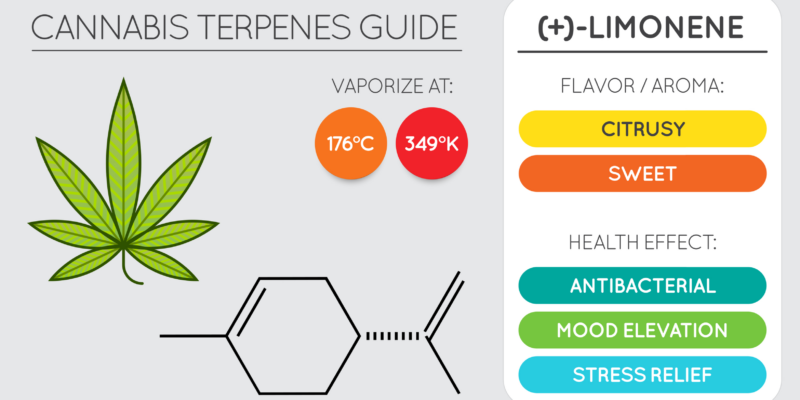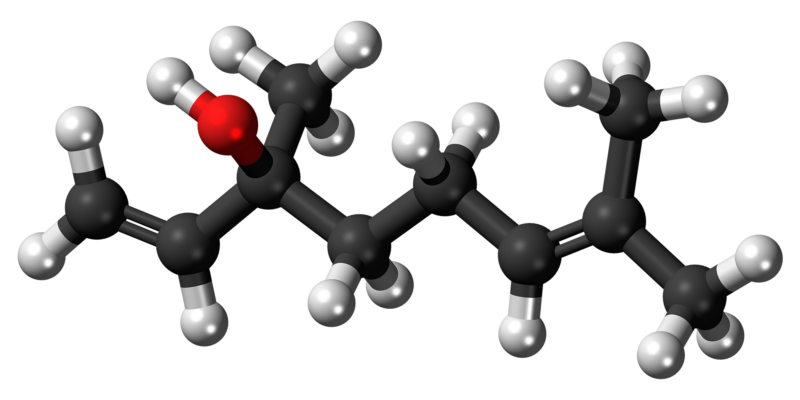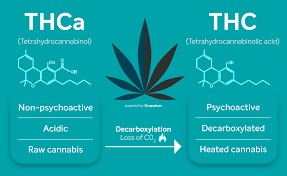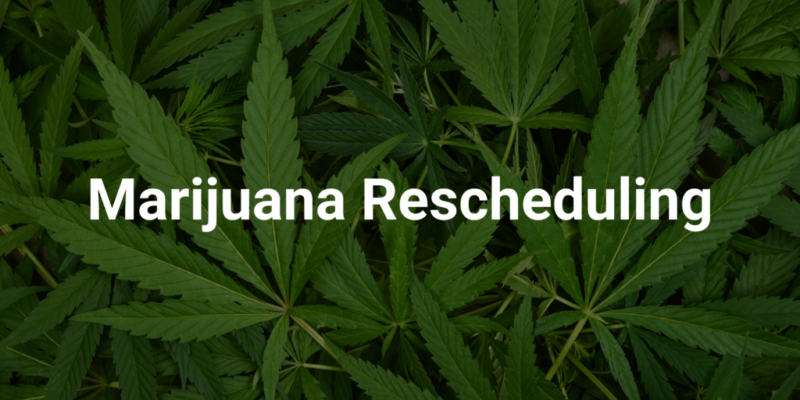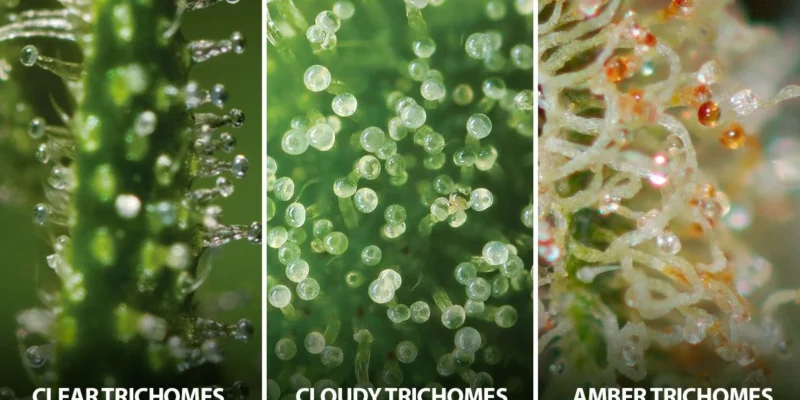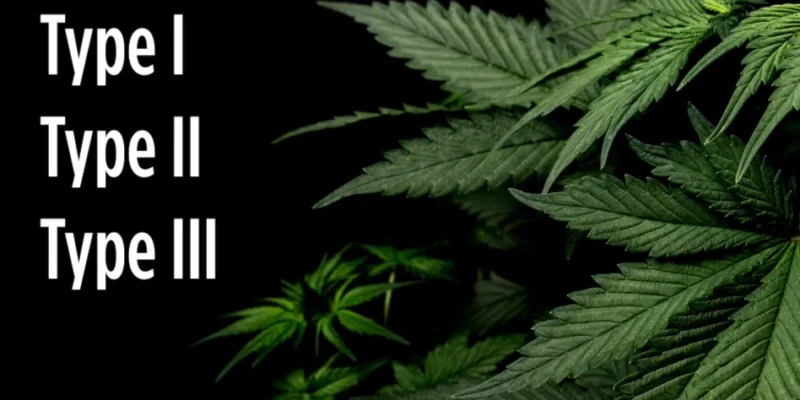Welcome to the Flora Seed Bank blog! Today, we’re diving into the fascinating world of myrcene, one of the most prevalent terpenes in cannabis. Terpenes are aromatic compounds responsible for the distinctive scents and flavors of different cannabis strains, and they also contribute to the unique effects each strain offers. Myrcene, with its earthy, musky aroma reminiscent of cloves, is particularly noteworthy for its multifaceted uses both within and beyond the realm of cannabis.
Understanding Myrcene
Myrcene is a monoterpene, the simplest form of terpene, and is found in significant concentrations in numerous cannabis strains. It’s known for its potential therapeutic properties, which include anti-inflammatory, analgesic, sedative, and muscle relaxant effects. Myrcene is also a key player in the entourage effect, where it synergizes with other cannabinoids and terpenes to enhance the overall impact of cannabis.

Myrcene-Rich Strains at Flora Seed Bank
At Flora Seed Bank, we pride ourselves on offering a diverse array of cannabis strains, many of which are rich in myrcene. Here are some of our top picks:
1. Blue Dream
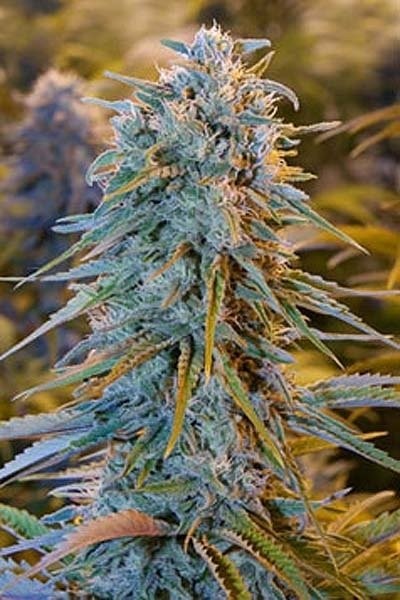
Blue Dream is a sativa-dominant hybrid that has become a staple for both recreational and medicinal users. This strain is renowned for its balanced effects, providing gentle cerebral stimulation coupled with full-body relaxation. The high myrcene content in Blue Dream contributes to its sweet berry aroma and its ability to ease pain and stress, making it a favorite among users seeking relief without heavy sedation.
2. OG Kush
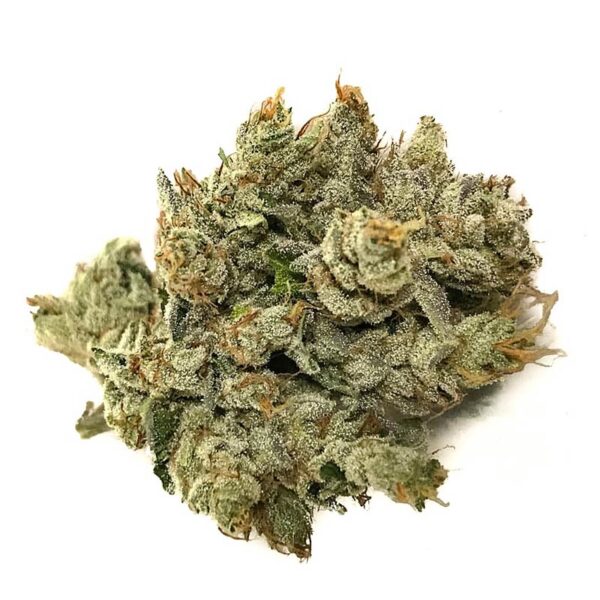
OG Kush is an iconic indica-dominant hybrid that has made its mark in the cannabis world for decades. Its high myrcene levels impart a pungent, earthy scent with notes of pine and citrus. OG Kush is celebrated for its potent stress-relieving and sedative properties, making it an ideal choice for those dealing with anxiety, insomnia, or chronic pain.
3. Auto Granddaddy Purple
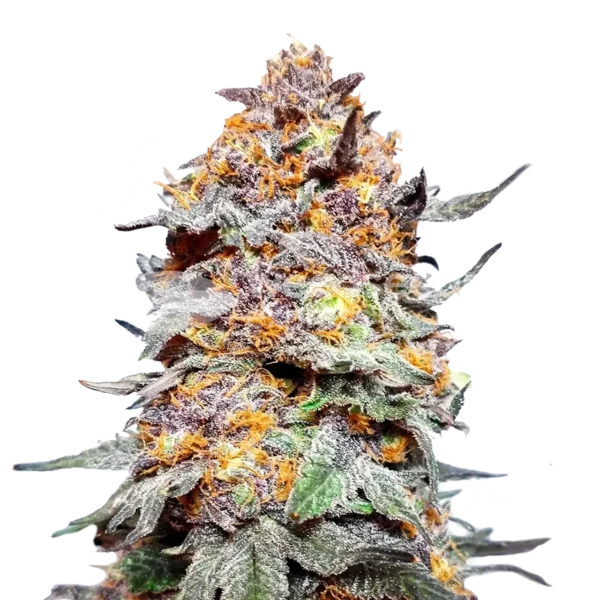
Granddaddy Purple, or GDP, is another myrcene-rich strain, known for its deep purple hues and sweet, grape-like aroma. This indica-dominant strain is a powerhouse for relaxation, often used to combat severe pain, muscle spasms, and sleep disorders. The high myrcene content enhances its sedative effects, providing a heavy body high that promotes restful sleep.
4. White Widow
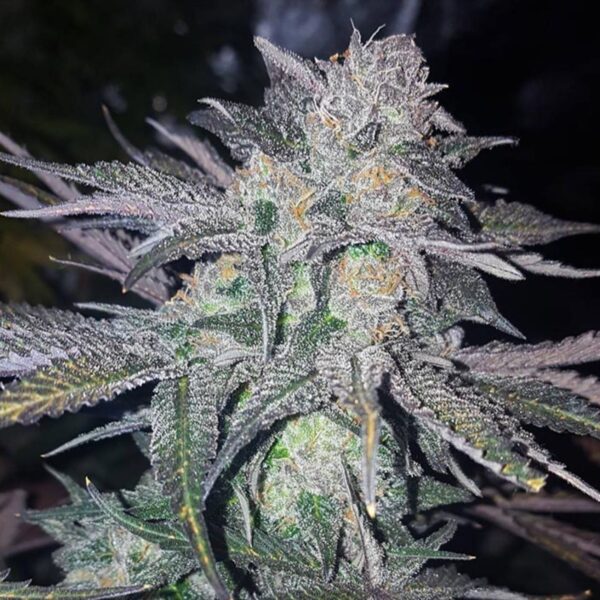
White Widow is a balanced hybrid with a legendary status among cannabis enthusiasts. It offers a harmonious blend of euphoria and relaxation, attributed to its diverse terpene profile dominated by myrcene. The strain’s earthy and woody flavors are complemented by a hint of spice, making it a go-to for those seeking a well-rounded experience that alleviates stress and enhances mood.
5. Amnesia Haze
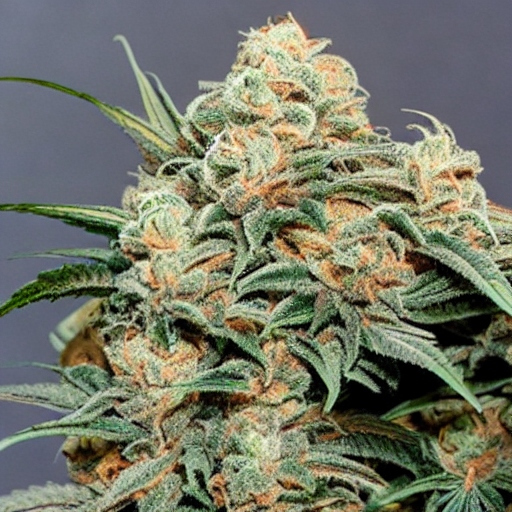
Amnesia Haze is a sativa-dominant strain that delivers an uplifting and energetic high. While it’s known for its citrusy and fruity aroma, myrcene plays a crucial role in its terpene profile, adding depth to its flavor and effects. Amnesia Haze is perfect for daytime use, providing mental clarity and focus while also easing minor aches and pains.
Beyond Cannabis: Myrcene’s Versatile Uses
Myrcene’s benefits extend far beyond the cannabis plant. This versatile terpene is found in a variety of plants and is used in numerous industries, including aromatherapy, pharmaceuticals, and the food and beverage sector.
1. Aromatherapy
In aromatherapy, myrcene is valued for its calming and sedative properties. It’s commonly used in essential oils derived from plants like hops, lemongrass, and bay leaves. These essential oils are often incorporated into diffusers, massage oils, and bath products to promote relaxation, reduce anxiety, and improve sleep quality.
2. Pharmaceuticals
Myrcene’s potential therapeutic benefits have garnered attention in the pharmaceutical industry. Its anti-inflammatory and analgesic properties make it a promising candidate for the development of natural pain relief medications. Additionally, myrcene’s ability to enhance the permeability of cell membranes may improve the efficacy of other therapeutic compounds, making it a valuable component in combination therapies.
3. Food and Beverage Industry
Myrcene is also utilized as a flavoring agent in the food and beverage industry. Its distinctive earthy and fruity notes can enhance the flavor profiles of various products, including alcoholic beverages like beer and spirits. Myrcene-rich hops, for instance, are a crucial ingredient in brewing certain types of beer, contributing to their unique taste and aroma.
The Entourage Effect: Myrcene’s Role in Synergy
One of the most exciting aspects of myrcene is its role in the entourage effect. This phenomenon occurs when various cannabis compounds work together to produce effects that are greater than the sum of their parts. Myrcene is known to enhance the psychoactive effects of THC, potentially increasing its potency. It also works in concert with other terpenes and cannabinoids to modulate the overall experience, tailoring the effects of different strains to meet specific needs.
Myrcene is a remarkable terpene with a wide range of applications, both within the cannabis industry and beyond. At Flora Seed Bank, we are proud to offer a variety of myrcene-rich cannabis strains that cater to different preferences and therapeutic needs. Whether you’re seeking relaxation, pain relief, or a balanced high, our diverse selection ensures that you’ll find the perfect strain to suit your needs.
Beyond cannabis, myrcene’s presence in everyday products like essential oils, pharmaceuticals, and food items highlights its versatility and importance. As research continues to uncover more about this incredible terpene, its potential benefits and applications are likely to expand even further.
Explore our collection at Flora Seed Bank today and discover the many ways myrcene can enhance your cannabis experience and overall well-being.




